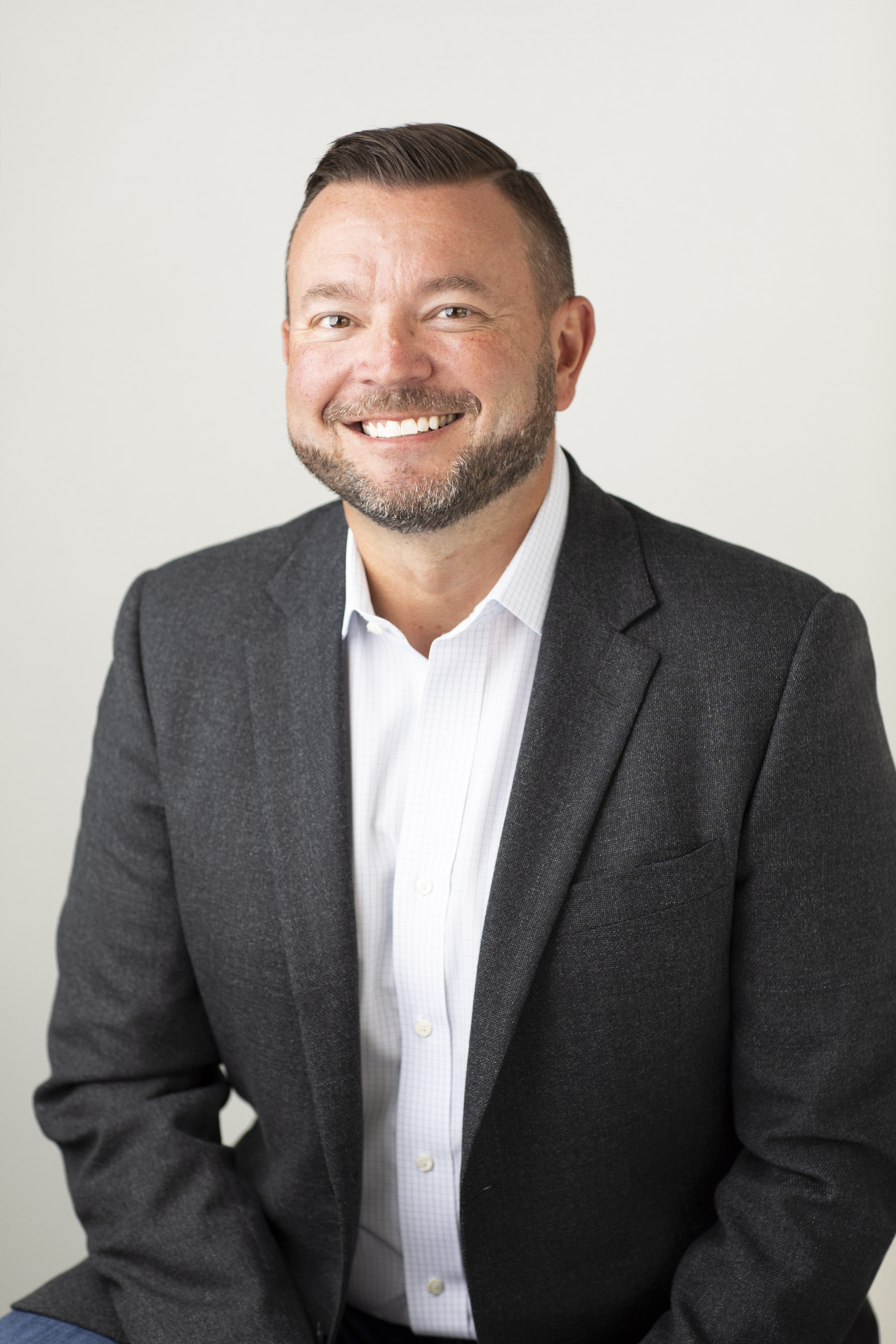 I previously wrote about how important it is for leaders to live and lead by their organizational vision. Couple this with an unwavering commitment to organizational values and there won’t be much that gets in the way of achieving that vision.
I previously wrote about how important it is for leaders to live and lead by their organizational vision. Couple this with an unwavering commitment to organizational values and there won’t be much that gets in the way of achieving that vision.
Still you will undoubtedly face moments that require great conviction to stay the course. Many of the examples of extraordinary leadership from Jim Collins’ Good to Great involve leaders who made huge “bet the farm” decisions on the future of their organizations. I imagine those decisions, and risks of that magnitude, came with moments of great self-doubt. I know they have for me.
Often too much doubt on a big decision can be an indicator that you aren’t 100% convinced it’s the right thing. Yet you also have to be emotionally self-aware enough to distinguish between doubt about a decision and pure fear about the possible consequences of failure or being wrong. And that includes being wrong in a potentially catastrophic way!
Our then Director of Operations, now Chief Operating Officer, Jerry Scott always tells me that’s when a gut check has to come into play. “Nothing wrong with fear and driving through fear,” said Jerry. “But as the leader, when you know it’s right, that’s what you’re there for, to make the tough calls. Everyone is counting on you to lead with courage and conviction.”
Every organization that seeks to grow and evolve in a transformational manner has to have a leader with an eye on the entire chess board, not just the individual pieces. By definition, the team executing day-to-day generally isn't exposed to enough of the factors shaping all possible futures. Everyone depends on the leader to “see” the future and to make the best possible directional decision, factoring in the needs of all stakeholders, the competitive environment, and the growing number of emerging risks.
“Once the leader becomes convinced of the rightness of their strategy they must operate with fierce resolve,” commented Jerry. “I think a major part of that fierce resolve is overcoming resistance to change and lack of global understanding. And that often comes from inside the team.”
What’s The Risk?
Jerry’s right. The risk for a leader is thinking and assuming everyone can see the entire landscape the way you do. Unless you sit in the chair with the weight of total responsibility on your shoulders, you generally can’t see beyond your own experiences or filter out your own fears.
Clearly the leader has to do everything in their power to paint a picture that the team can understand. And that includes not taking the power and authority short cut and failing to put forth massive effort to educate and persuade. But at the end of the day, the leader has to drive the strategy – no matter the organizational roadblocks they face. Fierce resolve means that failure, especially failure from bogging down, inertia, and passive resistance is not an option.
My friend and local business coach Tony Hutti reminded me of Sun Tzu quote on this topic: “Do away with doubts. Then, no calamity need be feared.” Make a commitment to yourself and your organization to have courageous leadership. It’s your job.



